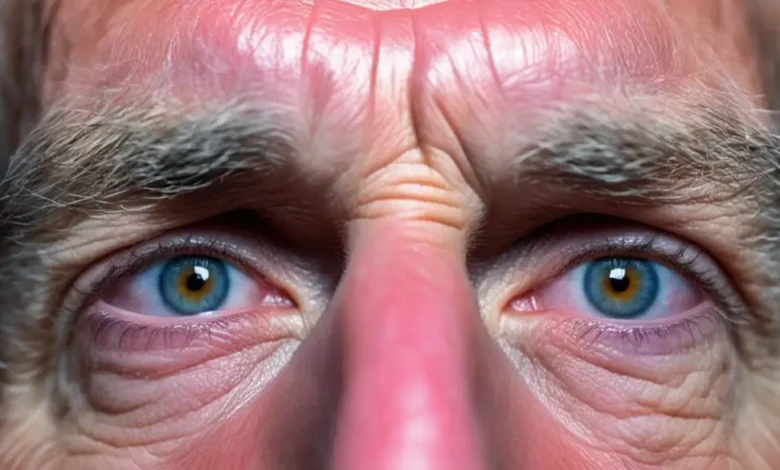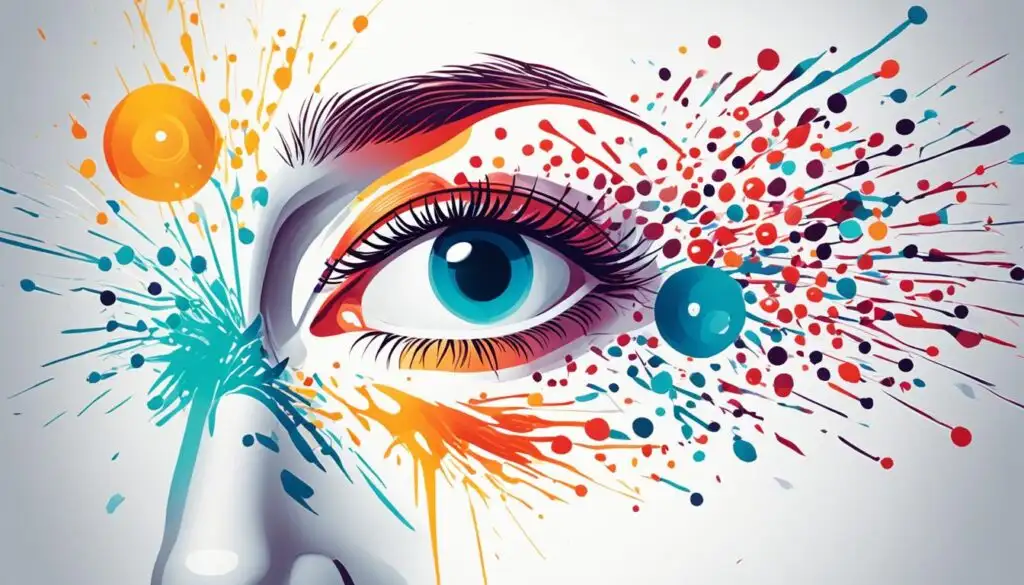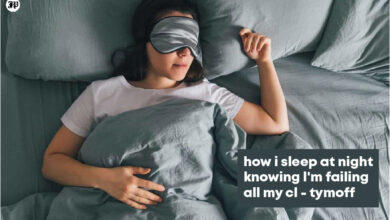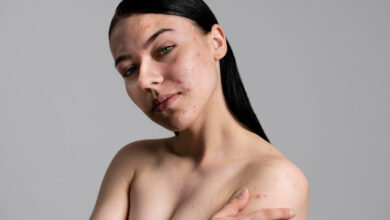Dr. Chandril Chugh Explains Benign Essential Blepharospasm: Key Symptoms and Treatments

Benign Essential Blepharospasm (BEB) is a neurological condition that leads to involuntary twitching and spasms of the eyelids. Although not life-threatening, it can significantly impact daily life. In this guide, Dr. Chandril Chugh explains Benign Essential Blepharospasm, highlighting key symptoms and available treatments.
Understanding Benign Essential Blepharospasm
Benign Essential Blepharospasm is a form of focal dystonia that affects the muscles around the eyes. This condition causes uncontrollable blinking and eyelid closure, making it challenging to perform everyday activities. Dr. Chandril Chugh provides a detailed overview of its symptoms and management.
Causes of Benign Essential Blepharospasm
The exact cause of Benign Essential Blepharospasm remains unknown, but several factors may contribute to its development:
- Genetic Predisposition: A family history of dystonia or related movement disorders can increase susceptibility.
- Neurological Factors: Abnormalities in the brain’s basal ganglia, which play a role in motor control, may be involved.
- Environmental Triggers: Bright lights, Stress, and fatigue can exacerbate symptoms.
- Chemical Imbalances: Dysregulation of neurotransmitters like dopamine may contribute to muscle control issues.
For more detailed information on causes and symptoms, visit Dr. Chandril Chugh’s page on Benign Essential Blepharospasm.

Key Symptoms of Benign Essential Blepharospasm
Identifying Benign Essential Blepharospasm Symptoms is crucial for seeking timely treatment. Here are the key symptoms:
1. Involuntary Eye Movements
- Frequent Blinking: Uncontrollable, rapid blinking that can interfere with vision.
- Eyelid Spasms: Involuntary spasms leading to partial or complete eyelid closure.
2. Light Sensitivity
- Photophobia: Heightened sensitivity to light, which can trigger or worsen symptoms.
- Eye Discomfort: Pain or discomfort in bright environments.
3. Visual Disturbances
- Temporary Blindness: In severe cases, spasms may cause temporary inability to open the eyes.
- Blurred Vision: Intermittent blurred vision due to excessive blinking or spasms.
4. Emotional Impact
- Anxiety: The unpredictability of symptoms can lead to significant anxiety and Stress.
- Social Isolation: Individuals may withdraw from social activities due to the visible nature of the condition.
Diagnosing Benign Essential Blepharospasm
Diagnosis involves clinical evaluation and ruling out other conditions:
- Clinical Assessment: Examination of motor functions, muscle control, and reflexes to identify symptoms consistent with BEB.
- Imaging Tests: MRI or CT scans to exclude other neurological or structural causes.
Treatment Options for Benign Essential Blepharospasm
Managing Benign Essential Blepharospasm requires a combination of treatments:
1. Medical Treatments
- Botulinum Toxin Injections: Injections weaken overactive muscles, reduce spasms, and improve symptoms. This is a widely used and effective treatment for BEB.
- Pharmacotherapy: Use of medications like muscle relaxants or anticholinergics to control symptoms.
2. Surgical Treatments
- Myectomy: Surgical removal of some eyelid muscles for severe cases unresponsive to other treatments.
- Neurectomy: Surgical cutting of nerves to reduce muscle contractions.
3. Supportive Therapies
- Physical Therapy: Exercises to enhance muscle strength and coordination.
- Occupational Therapy: Techniques to improve daily functioning and adapt to challenges posed by BEB.
For a comprehensive look at treatment options and management strategies, visit Dr. Chandril Chugh’s page on Benign Essential Blepharospasm.
Self-Care Tips for Managing Benign Essential Blepharospasm
Implementing self-care practices can help manage symptoms and improve quality of life:
1. Reduce Stress
Practice relaxation techniques such as meditation, yoga, or deep breathing to manage Stress, which can exacerbate symptoms.
2. Avoid Triggers
Identify and avoid potential triggers like bright lights, screen glare, and caffeine, which can worsen spasms.
3. Use Eye Protection
Wear sunglasses to protect against light sensitivity and reduce the frequency of spasms.
4. Stay Hydrated
Maintain hydration to keep the eyes and body in good condition, which can help reduce irritation and spasms.
5. Maintain Regular Sleep
Ensure consistent, restful sleep to prevent fatigue-related exacerbation of BEB symptoms.
Support Resources for Benign Essential Blepharospasm
Living with BEB can be challenging, but support and resources are available:
- Support Groups: Join groups for individuals with BEB to share experiences and coping strategies.
- Counseling Services: Seek counseling to manage the emotional impact of the condition.
Conclusion
This guide, provided by Dr. Chandril Chugh, aims to offer a clear understanding of Benign Essential Blepharospasm Symptoms and effective treatment options. Timely diagnosis and comprehensive management can significantly improve the quality of life for those affected. For more expert insights and detailed information, visit Dr. Chandril Chugh’s page on Benign Essential Blepharospasm.



